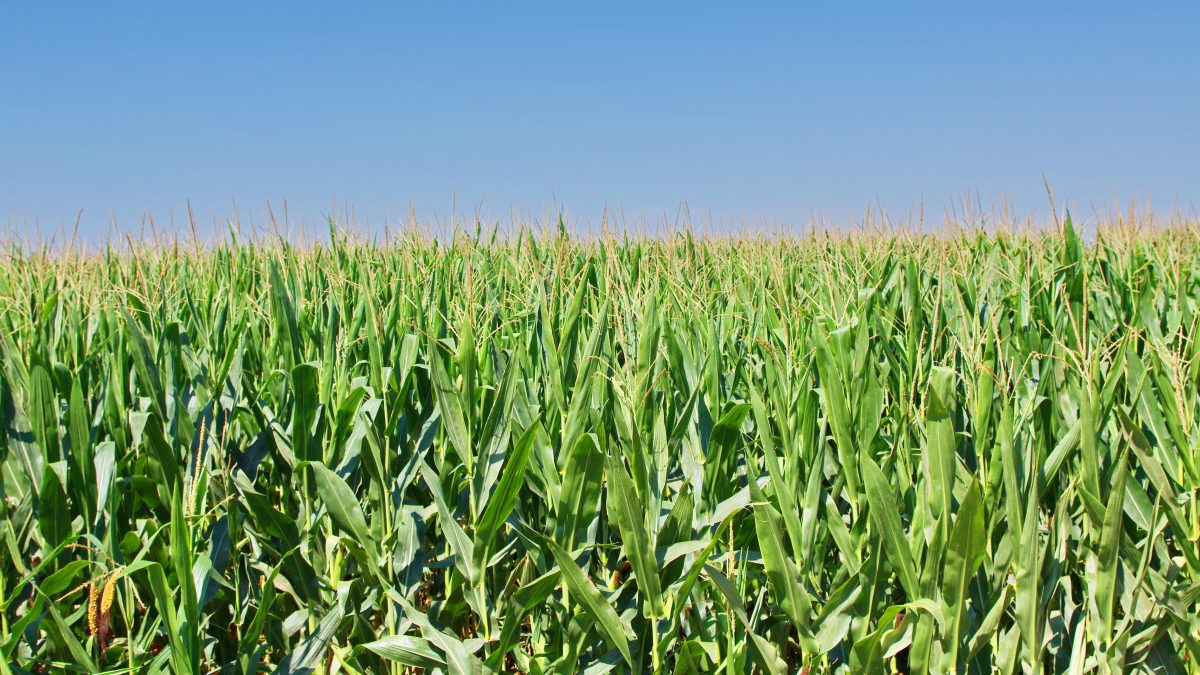Is U.S. Agriculture Ready for Generation Z?
TOPICS
FarmingGuest Author
Special Contributor to FB.org

photo credit: Arkansas Farm Bureau, used with permission.
Guest Author
Special Contributor to FB.org
By Robert Giblin
In 2001, millennials emerged as the top consumer demographic, but their children – Generation Z – will make up 40 percent of consumers by 2020, according to Fast Company, a business magazine that focuses on technology, business and design. Made up of those born between 1995 and 2010 – Gen Z goes by lots of titles: the Selfie Generation, iGeneration, Post-Millennials, the App Generation, First Connected Kids, the Technology Inherent and many more. Regardless of titles, Gen Z already is showing its independence and economic power in driving food trends, and will have profound impacts on agriculture and the food industry, as well as the workforce of the future.
The food industry has recognized the marketing importance of Gen Z for some time. Agriculture, on the other hand, more recently began exploring the tremendous opportunities and formidable challenges presented by this generation.
Members of Gen Z were born into foodie culture. They are keenly aware of how food impacts health and wellness, but their purchasing patterns reflect stark contrasts.
While estimates vary, according to “Looking Ahead to Gen Z: Demographic Patterns and Spending Trends,” a report from Packaged Facts, a leading market research company, Gen Z’s buying power may exceed $500 billion. Their spending ability exceeds the gross domestic product of all but about 25 of the world’s countries. Food accounts for up to one-fourth of Gen Z spending.
Members of Gen Z were born into foodie culture. They are keenly aware of how food impacts health and wellness, but their purchasing patterns reflect stark contrasts. They have the highest consumption rates of organic and non-GMO food and beverages, demanding authenticity, freshness and purity. They in part reflect some defining characteristics of their millennial parents, who took issues such as animal welfare, fair trade, sustainability, ethics and the environment, and focused them on food and agriculture. Though pizza and hamburgers remain among their top choices, their preference for plant-based foods nearly doubles as Gen Zers move from junior high school to high school. Conversely, they are huge snackers, often incorporating snacks into breakfast, lunch or dinner and building entire meals based on combinations of snack foods.
They also are adventurous when it comes to food. As members of the most ethnically and culturally diverse population ever in the U.S., “diversity” is normal. Whether on TV, the internet, with friends or at restaurants, global dishes are mainstream. Members of Gen Z crave fun and flavor in their foods. They want food to be unique, spicy and of premium quality. When dining out, they look for values and good deals, but many routinely will spend $20 or more on a restaurant food order.
Unlike millennials, Gen Z youth also cook, even from a young age. Because of busy household schedules, Gen Z children do a lot of their own cooking and food preparation. They often eat alone for every meal except dinner. They are not just heavy watchers of food television, but develop cooking skills learned from YouTube and other online sources.
Teenage members of Gen Z are “connected” nearly every hour of every day. They have never known life without the internet. Gen Zers are the first generation to have had smart phones since birth, and to learn how to use a tablet computer before they could talk. They often use multiple screens – phone, tablet, computer and TV – all at once.
Despite this connectivity, members of Gen Z crave a sense of community. They crave interaction with others who share their values, and who can help them incorporate the expression of those values into their own personal brands. They want highly visual imagery to present information that can be quickly understood and they want compelling stories from “influentials” who are relevant to them.
All involved with U.S. agriculture need to engage – and create communities – with Gen Z. As customers, influencers and potential employees, Gen Z is the future. It is already an economic powerhouse. Its members will soon be in positions to drive policy decisions. Communication and education about agriculture continue to improve, but a lot of ag’s traditional spokespersons, approaches and models may not be relevant to this emerging group. Yet, U.S. agriculture has tremendous Gen Z resources among members of groups such as FFA and 4-H. Perhaps it is time for our students to become our teachers.
Insights about Gen Z are rapidly evolving. For more information, check out some of these resources:
- What is Generation Z, and what does it want?:
- IFT18: Generation Z Set to Impact the Future of Food and Drink Innovation:
- Enter Gen Z: The new disruptors of food culture:
- Move Over, Millennials: Generation Z is Hungry:
- UNiDAYS Gen Z Insights: What restaurants need to know:
- How Will Gen Z Consumers Affect Food? It’s too early to say—but they are different than Millennials:
Robert Giblin consults, writes and speaks about food and agriculture trends, policy and issues.
Trending Topics
VIEW ALL